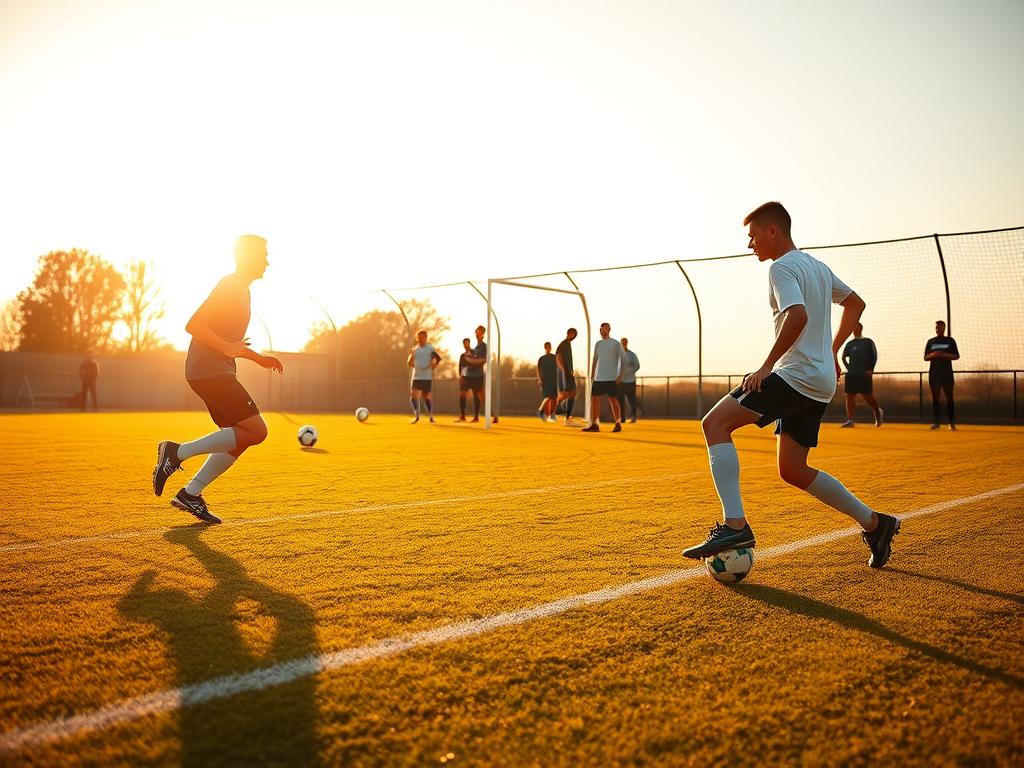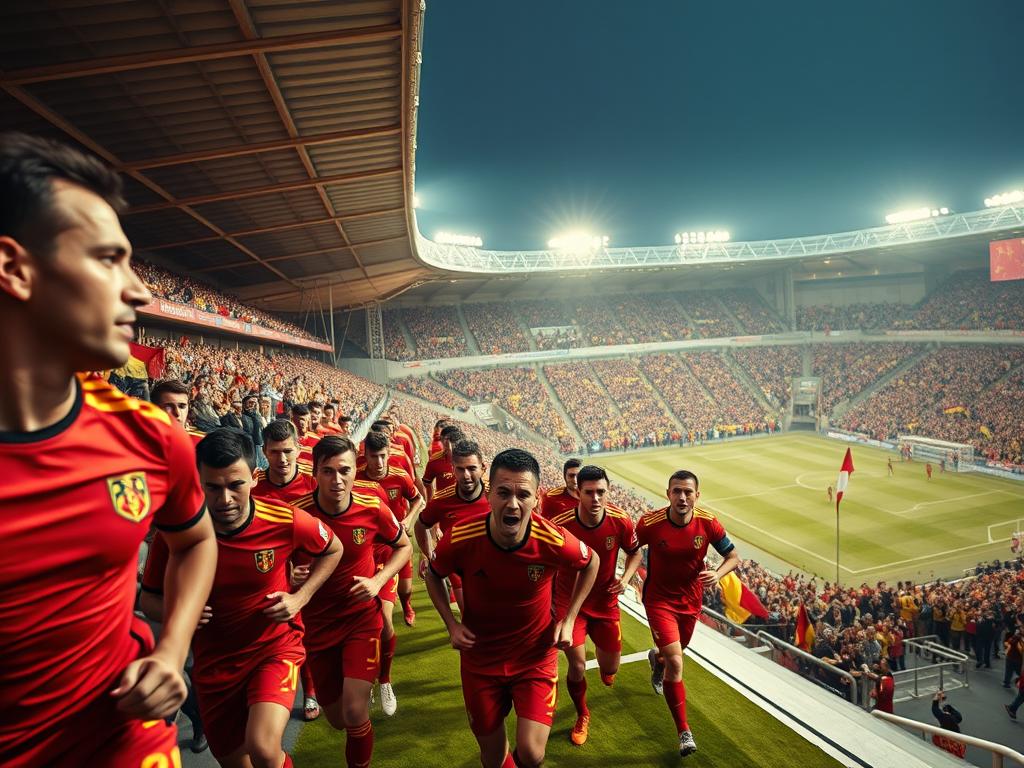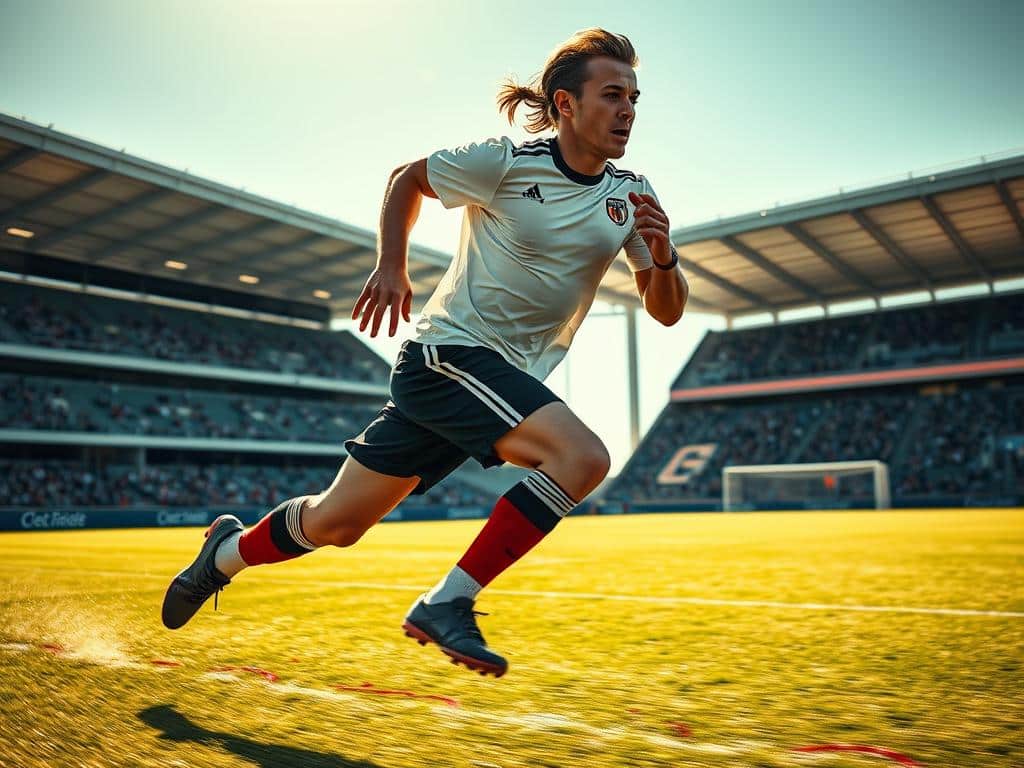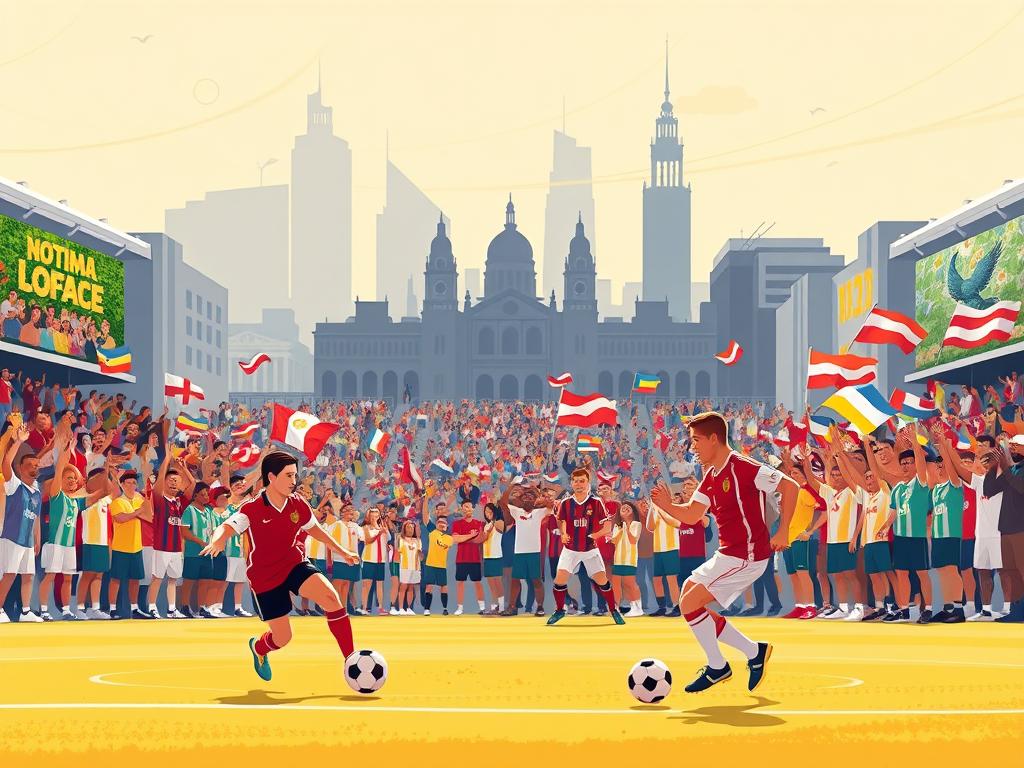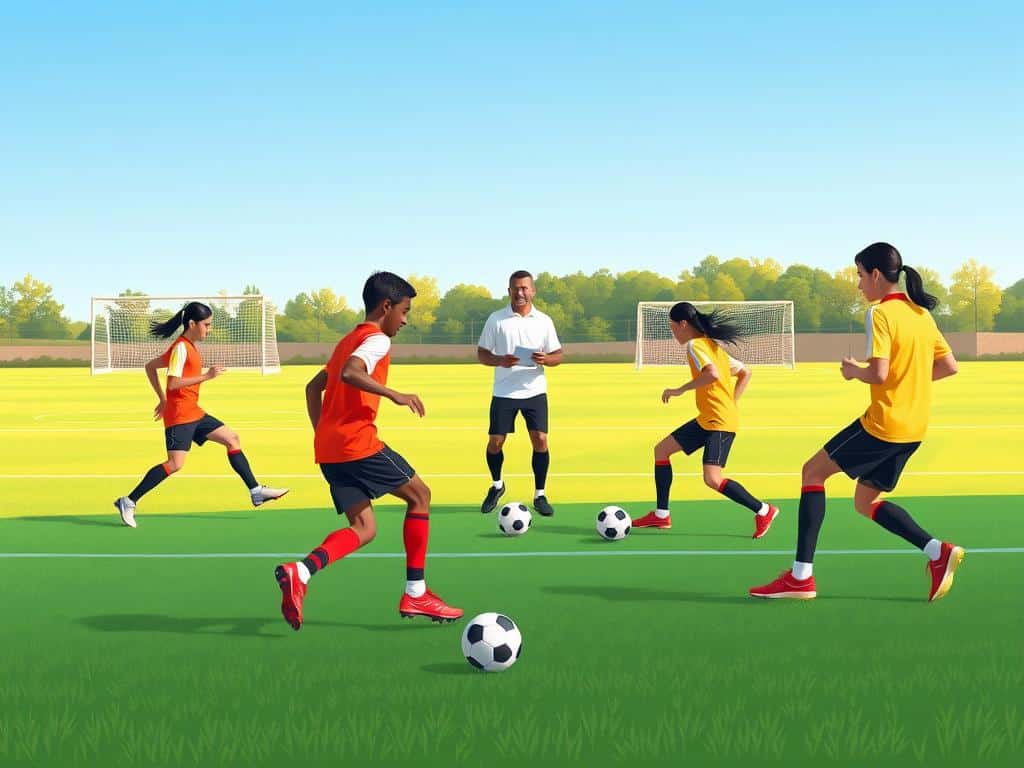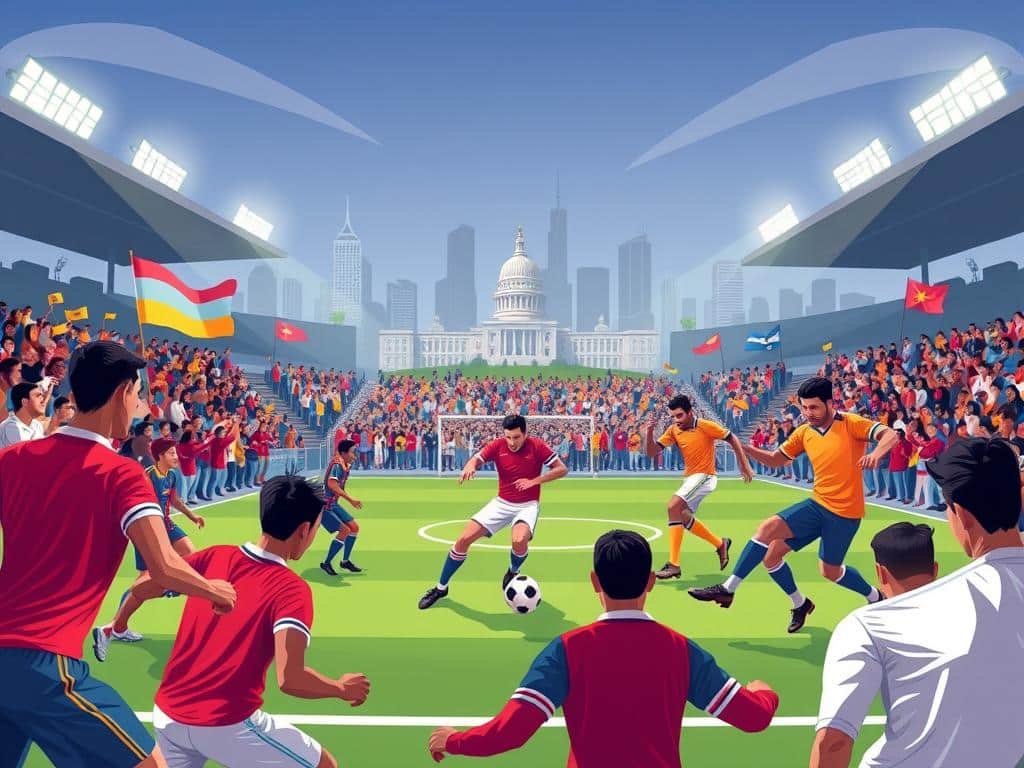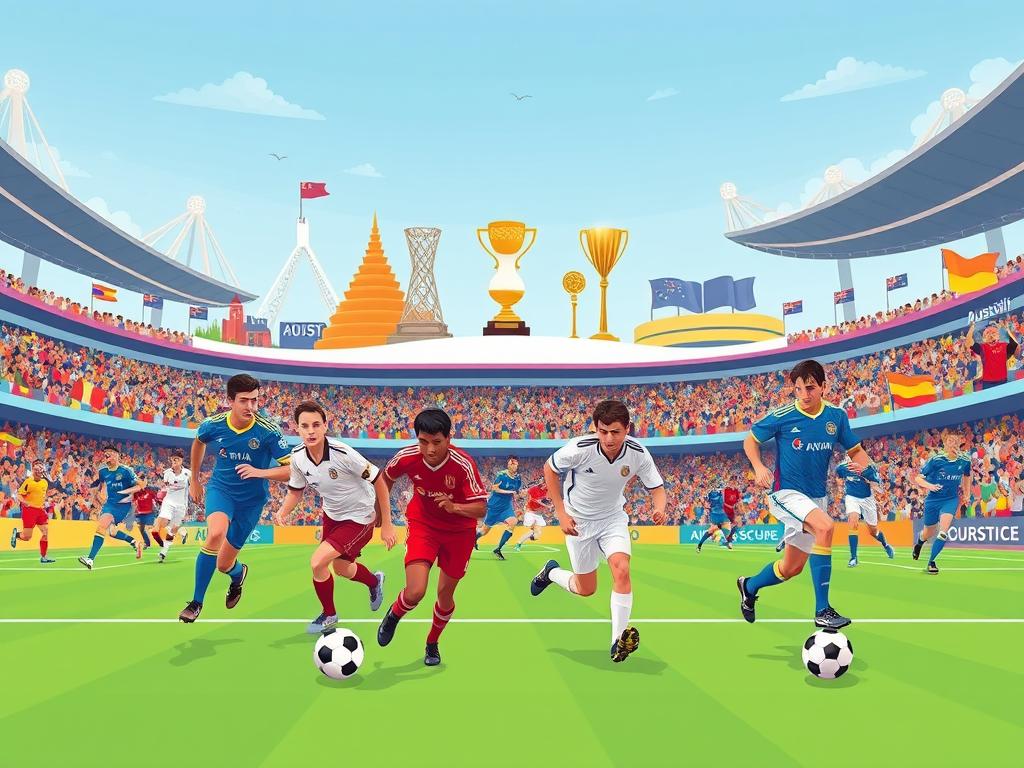Did you know players can boost lower-body power and movement efficiency in far less time than traditional programs? Research shows targeted training improves balance and cutting mechanics fast. Ready to start today?
This guide teaches simple field-ready patterns you can do at home. Use a wallet, shoe, or can as a cone and set up side shuffles, carioca, 5-10-5, and T patterns. Track time to watch progress.
Expect clear coaching cues: athletic stance, knee bend, and body angles that help you change direction safely and powerfully. We add reactive games so players stay sharp and smile while they train.
Short on space? These setups fit a driveway, hallway, or small backyard. Each drill has progressions for beginners and advanced players so performance climbs session by session.
Key Takeaways
- Quick, focused training can raise balance and lower-body power in less time.
- Use common objects as cones to practice direction changes and first-step speed.
- Coaching cues—stance, knee bend, angles—reduce injury risk and boost efficiency.
- Games and timed reps keep players engaged and competitive.
- Workouts fit small spaces and scale for all skill levels.
Why Agility Matters in Soccer Right Now
The modern game asks players to stop fast, react sharper, and start again in an instant. That mix of deceleration, reorientation, and reacceleration is now central to match-winning moments.
Change of direction, speed, and reaction in the modern game
Players win space by beating opponents to the first step. Practicing forward sprints, side shuffles, and backpedals with quick changes of direction teaches the nervous system to act under pressure.
How agility training supports injury prevention and performance
Training that blends cutting, decel, and reaccel builds explosive power and better balance. When the body learns cleaner turns and safer cuts, knees and ankles get less stress.
- Short, focused sessions save time and boost explosive ability.
- Reaction work mirrors real match movements and improves decision speed.
- Mastering body position lifts on-field performance and lowers injury risk.
Want practical tips on staying healthy while you train? Check this guide to prevent and treat injuries for simple, evidence-based steps.
Foundations: Decelerate, Turn, and Reaccelerate Safely
Mastering safe deceleration and powerful reacceleration starts with simple body lines and smart steps. These basics let players cut faster and stay on their feet. Focus on posture, foot placement, and the first punch of speed.
Body position: knee bend, forward lean, and foot alignment
Start athletic: bend your knees and sit your hips back slightly. Keep your chest proud so you can move in any direction.
Align the foot and knee straight ahead to protect joints. Head, hips, knees, and feet should stack for better balance and cleaner movements.
First-step explosiveness and short, quick steps
Punch the first step by leaning the torso into the intended direction. Short, quick steps brake and turn more safely than long strides.
Drive the arms like a sprinter. Land softly under your center of mass and push through the midfoot to feel the ground and reaccelerate fast.
Quick checklist for training:
- Start athletic, chest up, hips back.
- Feet and ankles facing the line of travel.
- Short steps for braking; powerful first step to exit the turn.
| Form Cue | Why it Matters | Coaching Tip | Outcome for Players |
|---|---|---|---|
| Knee bend | Absorbs force and readies muscles | “Sit the hips, keep knees soft” | Safer turns, faster recovery |
| Foot alignment | Protects joints and directs force into the ground | “Aim toes and knees at the target” | Cleaner cuts, stronger exits |
| First-step punch | Creates momentum out of the change | “Lean, drive, and step hard” | Quicker reacceleration and speed gains |
How to Use This Listicle for Fast Wins
Pick two focused patterns, set a timer, and you can improve in a single session. Short blocks create clear progress. Many effective activities run in 8–12 minutes, so you get results fast.
Start simple. Skim the intros, choose two that fit your space, and run each for a set of minutes. One pattern run and one reactive game covers decision-making and clean mechanics.
Keep goals small and objective. Track lap times, tighter turns, or fewer stumbles. Numbers tell a performance story and boost confidence.
- Rotate partners to keep reps fresh and competitive.
- Use one cue per drill—“knees bent” or “short steps”—to lock in quality.
- Shrink the area or add a turn to raise the level as ability improves.
- Short rest windows keep intensity high; focused bursts win over long sessions.
| Setup | Duration | Focus | Goal |
|---|---|---|---|
| Pattern run | 8–12 minutes | Mechanics | Cleaner turns |
| Reactive game | 8–12 minutes | Decision speed | Faster responses |
| Mixed rotation | 2–3 rounds | Endurance & sharpness | Consistent reps |
Mirror Boxes (Partner) for Reactive Quickness
Want a short, intense session that sharpens reaction and footwork? Try mirror boxes with a partner. This quick partner drill trains players to read cues and match movement in tight space. It forces rapid decisions and cleaner mechanics.
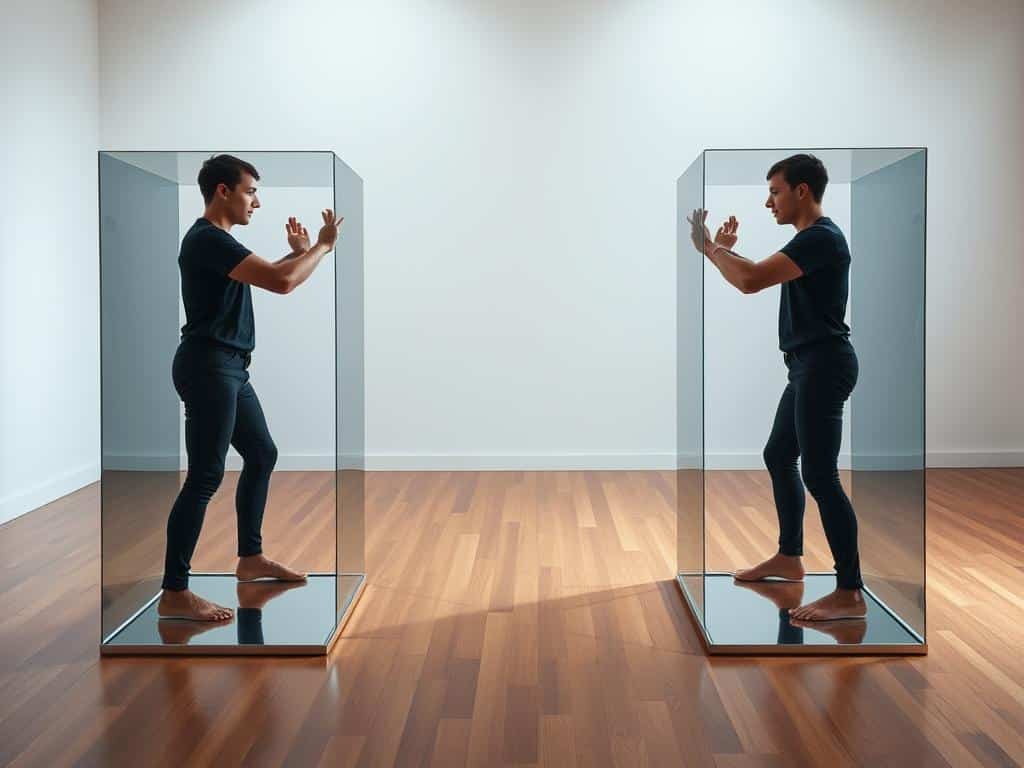
Setup: build two 5×5-yard box areas with four cones each and place them nearly touching. One leader and one mirror face each other and stay square the whole round.
Setup in small spaces and facing rules
The leader touches any cone corner with a hand. The mirror matches that exact corner while keeping eyes on the leader. Rounds run 30–90 seconds. Switch roles for at least two rounds each.
Leader-follower tactics to sharpen reaction time
- Leaders use fakes, tempo shifts, and sharp angles to force choices.
- Mirrors shuffle, backpedal, and stay facing the partner—never turn away.
- Try the “outside-only” twist to force tight edge work on each side.
- Track how many cone touches the mirror matches to measure progress.
| Setup | Duration | Focus |
|---|---|---|
| Two small boxes (4 cones each) | 30–90 sec | Reactive movements & foot speed |
| Rotate roles | 2+ rounds | Decision speed and defensive footwork |
Red Light, Green Light for Youth and Team Energy
Create a fast, clear command game that trains players to stop hard and explode forward. Place two parallel cone lines about 30–40 yards apart. On “green light” players sprint to the far line. On “red light” they must stop immediately and hold balance.
Mix in color calls to raise the challenge. Yellow = jump, blue = backpedal, purple = shuffle. These extra cues test direction awareness and reaction. Add a ball for dribbling versions once stops are clean.
- Make two wide lanes with cones; on green, sprint; on red, stop on a dime—fun and focused!
- Players learn body control fast: quick brakes, stable stance, and ready-to-go acceleration.
- Mix commands to force backpedals, shuffles, and jumps across the front of the line.
- Keep it competitive: first to the far line wins, but rules must be followed to count.
- Coach tall chests on stops and bent knees for better balance and faster re-acceleration.
- Run 6–8 rounds or 10–15 minutes, alternating roles and tempo to keep energy high.
| Setup | Rounds | Duration | Main Focus |
|---|---|---|---|
| Two parallel cone lines (30–40 yds) | 6–8 | 10–15 minutes | Reaction, braking, speed |
| Color command mix | Use per round | Short bursts | Direction control and balance |
| Dribble version | Optional | Same time | Ball control under pressure |
Four-Cone Patterns Without Cones
Create a simple T course and you get a compact practice that trains sharp turns, balance, and timing.
Setup: place three markers in a straight line, 5 yards apart. Put a fourth marker 5 yards from the middle marker to form a T.
Household substitutes
Use shoes, water bottles, or chalk lines as cone alternatives. Pick items that stay put and won’t slip underfoot.
Shuffle–sprint–backpedal pattern
Run this lap: sprint to the middle, shuffle to one side, sprint across, shuffle back to center, then backpedal to the start.
Coach short steps and bent knees. Stay light on your feet through each turn and focus on clean hip rotation.
Timing and progression
Work 8–12 minutes with 1–2 minutes rest between sets. Time each lap and try to beat your best—objective proof that movement has improved.
- Rotate patterns: add carioca segments or swap shuffles and sprints to hit all planes.
- Finish with a relay: first group to the end marker wins!
Star Agility in Tight Spaces
Set up five markers in a star and chain quick routes to train sharp footwork in tight areas. This compact layout fits a driveway, garage, or narrow turf lane. Players hit multiple angles and learn to change direction fast.
Build a five-point star with small cones or household markers. Sprint from the bottom point to any other point, cut, then attack a new angle. The pattern forces diagonal, lateral, and forward movements in one short lap.
Keep turns tight by lowering your center of gravity. Take two quick steps before exit and drive the arms. Focus on smooth deceleration—quiet feet into the angle, powerful stride out of it.
- Aim for 8–12 total runs; keep rest brief to hold pop and sharpness.
- Track the order you touch points; vary routes to challenge the brain and legs.
- Use cues: “turn low,” “drive arms,” and “eyes up.” Finish each rep through the end point—no coasting!
| Setup | Reps | Focus |
|---|---|---|
| Five-point star (small cone markers) | 8–12 runs | Footwork & rapid reacceleration |
| Short lane (driveway/garage) | Brief rests | Tight turns & decision speed |
| Variations: random order | Track attempts | Direction choice & consistency |
1-on-1 Change of Direction Race
Pair up and face off on short tracks designed to test reaction, deception, and finishing speed. This head-to-head drill rewards clever fakes, sharp cuts, and a full sprint to the end.
Setup: Create two parallel cone lines, 6–8 yards apart. Place four cones per line, spaced 3–4 yards. Start leader and follower side-by-side.
The leader makes two 180-degree turns at any of the first three cones, then drives to a finish cone 10 yards away. The follower mirrors and tries to beat them to the finish. Run 8–12 minutes, swap roles often.
- Set two parallel tracks of four cones; leaders and followers face off in a pure head-to-head race.
- Leader makes two cuts in the early cones, then bursts to the finish—pressure on every step.
- Followers mirror the same turn zones, hunting small delays to steal the win at the end.
- Reward smart deception: shoulder feints, tempo drops, and sudden accelerations win duels.
- Cue low hips, bent knees, and short braking steps for clean, fast turns.
- Enforce stay-in-line rules and permit opposite direction sprints when leaders reverse quickly.
| Setup | Duration | Main Focus |
|---|---|---|
| Two cone lines (4 cones each) | 8–12 minutes | Reaction, change direction, finish speed |
| Rotate partners | Each run | Competitive decision-making |
| Track results | Per session | Best time & win count |
soccer agility drills without equipment: At-Home Favorites
Short, targeted runs in a hallway or driveway sharpen footwork and burst speed. Use simple marks and one chair to make effective reps. These patterns fit tight spaces and build transferable movement quickly.
Side shuffle and carioca across a hallway or driveway
Place two markers about 15 steps apart. Shuffle out, stop, and accelerate back while facing front the whole time. Add carioca to cross the front foot and groove hip mobility.
5-10-5 and T-patterns using floor marks or yard lines
For 5-10-5, set three cones with five yards between the middle and outers. Sprint from the center, do a crisp 180, sprint past the middle, turn, and finish through the center.
The T-pattern uses three cones in a line and one perpendicular off the middle. Sprint forward, shuffle left and right, then backpedal to start.
Stand up to figure eight using a chair for starts
Set a chair and two cones at 5 and 10 yards. Sit, stand fast, weave a figure eight, and sit to finish. This trains rise-to-run power and tight change of direction under a start cue.
Quick tips
- Use hallway lines or driveway edges as your lane; keep feet active and chest to the front.
- Paint or tape small marks for cones if you lack gear; precision beats perfection.
- Time each drill, log bests, and finish patterns with a 10-yard burst for speed carryover.
| Pattern | Setup | Focus |
|---|---|---|
| Side shuffle / Carioca | 2 marks, 15 steps | Footwork & hip control |
| 5-10-5 | 3 cones, 5 yds spacing | Change direction & 180s |
| Figure eight (chair) | Chair + 2 cones | Start power & control |
Make-Your-Own “Ladder” and “Hurdles” Without Gear
A strip of tape or a row of chalk boxes turns a driveway into a high-impact footwork station. Players can train quick feet, balance, and timing in minutes. Start small and build tempo slowly.
Chalk, tape, or floor tiles for footwork boxes
Draw a ladder with chalk or lay painter’s tape to form 10–12 boxes. Use tiles or tape that won’t slide. Keep boxes about 18 inches long for most players.
Two-in, hop variations, and Icky Shuffle adaptations
Begin with two-feet in each box to groove rhythm. Move to lateral versions and then try one-foot hops and hop-scotch to challenge balance and ankle stiffness.
Add the Icky Shuffle for side-to-side precision. Go “going ladder” down and back, then tack on a 10–15-yard sprint to link pattern work with acceleration.
- Start slow to map the pattern, then increase speed.
- Keep the foot under the hips and eyes forward for cleaner box work.
- Use chalk mini hurdles to cue low hops if real hurdles aren’t available.
- Short sets win—quality beats quantity when training speed and balance.
| Pattern | Box Size | Focus | Progression |
|---|---|---|---|
| Two-in each box | 18 in | Rhythm & timing | Fast linear then lateral |
| One-foot hops | 18 in | Balance & stiffness | Add short sprint |
| Icky Shuffle | 18 in | Side-to-side precision | Increase tempo, then reverse |
| Hop-scotch + mini hurdles | 18 in / chalk | Coordination & quick hops | Lower rest; track best time |
Time-Efficient Agility Sessions for Any Level
A compact session can sharpen footwork and decision speed in under a quarter hour. Use short blocks after an aerobic warmup to get the most from limited time.
Eight-to-twelve minute “speed agility” blocks
Structure sessions around 8–12-minute speed agility blocks to get more done in less time. Many studies show brief, focused work can match longer strength programs for explosive power and movement quality.
Rotate two to three pattern drills per block. Finish each block with a 10–15-yard acceleration to link tidy footwork to full speed.
Warmup to max-effort: technique first, speed second
Warm up with light jogs and mobility. Groove technique on easy shuffles and carioca before pushing max pace.
- Match volume to level: beginners take fewer reps and longer rests; advanced players add density.
- Pair a pattern drill with a reactive game to cover mechanics and decision-making in one short session.
- Keep a log of times and perceived effort to track progress in both speed and control.
| Phase | Duration | Focus |
|---|---|---|
| Warmup | 5–8 minutes | Mobility & technique |
| Block | 8–12 minutes | Speed agility & decision work |
| Finish | 1–2 minutes | Acceleration & transfer |
Progressions, Testing, and When to Add Complexity
Ready to level up? Start by tweaking distance, turns, or reaction cues. These small changes help players push limits while keeping form safe.
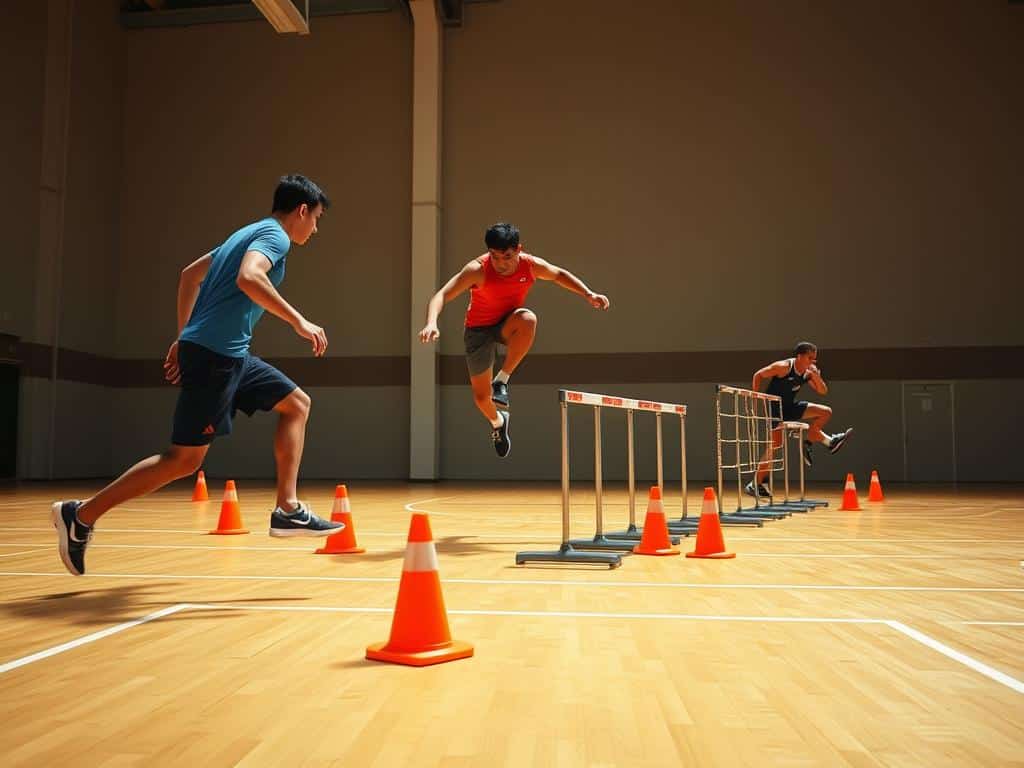
Distance, direction changes, and reaction cues
First, extend distances slightly to force stronger acceleration and braking. That works the legs and lungs and helps players learn longer efforts.
Next, add extra turns to demand tighter steps and cleaner cuts. Layer reaction cues—color calls, partner moves, or sound—to make choices under pressure.
Tracking times and movement quality for real gains
Test with familiar patterns like 5-10-5 and T runs. Use consistent measures in yards or meters so time comparisons are fair.
- Track both time and movement quality—fast laps with poor alignment are not wins.
- Add complexity only when players reach a time plateau while keeping clean mechanics.
- If form slips, dial back distance or turns; rebuild quality, then push again.
- Reward faster reps only when posture, braking, and reacceleration stay crisp to the end.
| Progression | Why | When to add |
|---|---|---|
| Increase distance | Build power & stamina | Times improve by 2–3% |
| More turns | Tighten footwork & steps | Form remains clean |
| Reaction cues | Boost decision speed | Control and posture steady |
Final tip: Keep notes after each session. Players who measure both clock and movement see real performance gains over time. Happy training!
Take the Next Step on Your Agility Journey
Begin with one timed block and let measurable wins guide practice. Players build change-of-direction ability, balance, and explosive power with simple, repeatable work.
Pick two favorite patterns—side shuffles, carioca, 5-10-5, or the T-drill—and set clear markers. Track times to spot gains in agility and speed. Small space sessions stack into real on-field benefit.
Keep cues simple: knees bent, short steps, eyes up. Share best times with teammates to push consistency. Trust the process and finish each rep with intent—your next sharp cut starts now at the end of this session!

